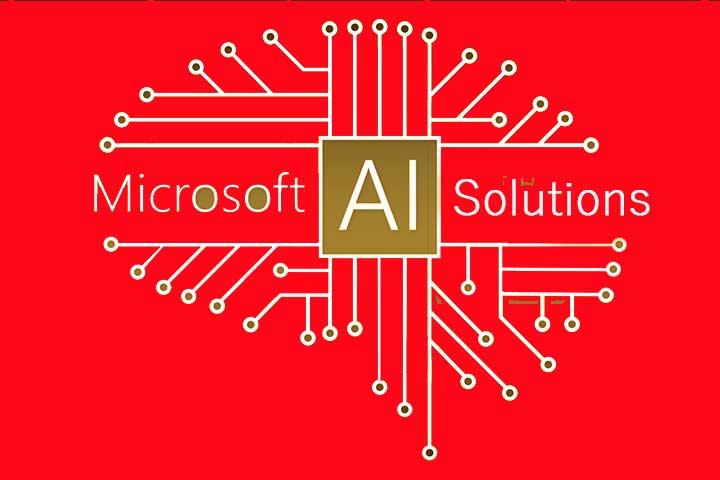Nowadays Artificial Intelligence is omnipresent, it is everywhere. Mainly, it is a series of algorithms that represent the set of techniques and methods developed to simulate human intelligence to imitate its behavior. AI enables machines to sense, learn, reason, and simulate human behaviors in many areas of activity.
The ability to learn AI alone is known as deep learning or Deep Learning. Algorithms work as neural connections, emulating human brains, and in this way, they learn and acquire knowledge. Some of the main areas of AI are:
- Knowledge representation through ontologies, possible inferences …
- Planning and timing and prescriptive probability
- Machine learning: predictions, decision trees, NN
- Pattern recognition (NN)
- Machine vision, facial recognition, biometrics
- Natural language processing
Types of Artificial Intelligence
We can carry out a categorization of Artificial Intelligence taking into account the type of learning. In this sense, we find Machine Learning, a subset of AI algorithms that allows us to identify patterns between the data to make predictions. Within it, there is Supervised, Unsupervised or Reinforcement Learning, depending on the challenge or solution to be developed, we will use one or the other.
Supervised Learning works with specific data for the objective to be achieved, making it easier to carry out an analysis, diagnosis, or even a prediction. Unsupervised Learning deals with more unstructured data sets, that is, without labeling, so they are based on learning from past behaviors (Netflix recommendation system). Reinforcement Learning is made up of more complex algorithms, depending on their results they learn and become more intelligent, which requires more data and information.
Artificial Intelligence is ubiquitous since it manages to spread to reach different segments and directly influences all aspects of our lives to face new challenges and improve business processes. It is present in IoT, it allows to anticipate, schedule or automate tasks while obtaining information in real-time from connected objects; Blockchain, provides transparency and truthfulness in operations; Mixed Reality, immersive experiences with information about the product in real-time; Big Data, the engine that powers machine learning systems; 3D printing, predictive maintenance and nearshore manufacturing real-time; ultra-fast networks (5G), making it possible to connect all devices and services in real-time; o Quantum computing, new processing capabilities hitherto unimaginable: tasks in a matter of seconds.
Organizations’ maturity to implement and use AI solutions
As we go deeper into the world of Artificial Intelligence and we get to know the existing technology, we consider how our organization can begin to tackle new projects and grow and find value from them.
Microsoft has developed a four-phase model for interpreting the maturity of companies to adopt AI solutions. In the first place, we find a very incipient phase called ‘ Foundational ‘ where there is little experience with AI and prior learning and knowledge is required. Then we move on to the next phase called ‘ Approaching’ where organizations can start to make some data-driven decisions and begin to become aware of the importance of data culture for the company. In the ‘ Aspirational’ phase, companies already know how to compete and transform by implementing AI solutions and are aware of its potential. Finally, companies that are in the ‘Mature ‘ are capable of developing models automatically, they carry out creative and easy-to-implement experiments and all decisions are already based on the data generated by the company itself.
Also Read: State Of The Art Of Artificial Intelligence In 2021

